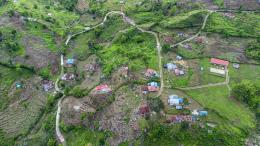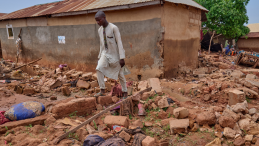Contributing to the “Early Warnings for All" initiative of the United Nations, the EarlyWarning4IGAD (“Towards actionable impact-based early warning in Africa: integrating exposure and vulnerability into early warning systems – a pilot study in the IGAD region”) project seeks to expand existing hazard-based early warning systems (EWS) towards actionable impact-based EWS that also consider exposure and vulnerabilities. Thereby, the focus will be on floods and droughts and the risks associated with these hazards, (including multiple assets, sectors or systems) with the aim to co-develop an approach and methodology that can be extended to other climate-related extremes and natural hazards. The project will focus on the Intergovernmental Authority on Development (IGAD) region in Eastern Africa and include a regional component covering the entire IGAD region and two country pilots (i.e. Ethiopia, Kenya).
The project also aims to provide recommendations for upscaling and transferring the approach and methodology to other countries and regions on the African continent and to make impact-based warning messages actionable. Training activities shall strengthen capacities of relevant stakeholders to design, implement, and scale up impact-based EWS. The project is funded by the UN Office for Disaster Risk Reduction (UNDRR) and implemented by UNU-EHS (lead) in close collaboration with the Intergovernmental Authority on Development (IGAD)/IGAD Climate Prediction & Applications Centre (ICPAC, Kenya), the Regional Centre for Mapping of Resources for Development (RCMRD, Kenya), and the Centro Internazionale in Monitoraggio Ambientale foundation (CIMA, Italy).
- Project Manager
- Dr. Michael Hagenlocher




